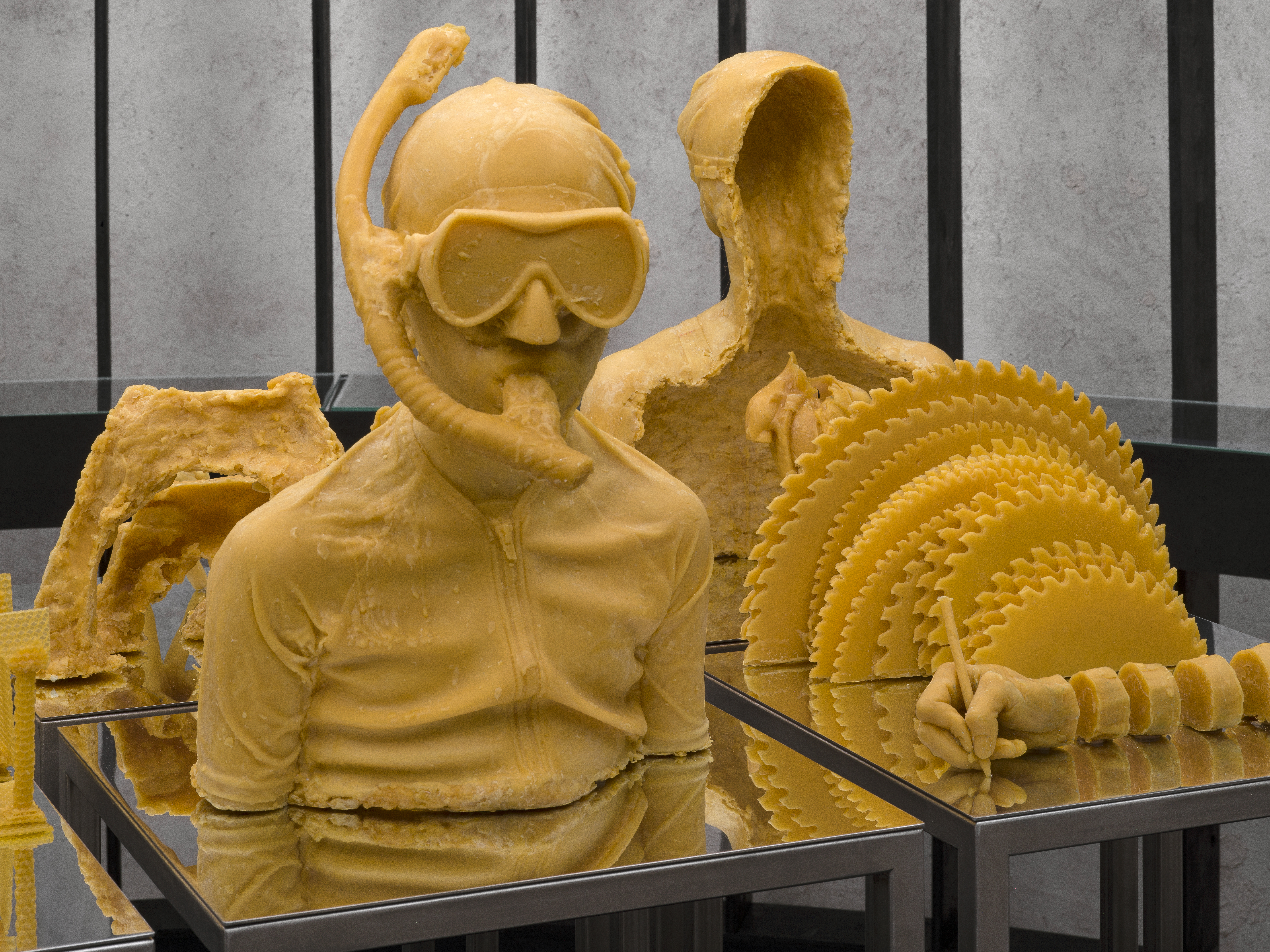
Deadly properties of spider venom revealed

Spider venom is more complex, and therefore deadlier to prey, than previously thought. Researchers at the University of Bern have unpicked the various components of the venom and pieced together how each element interacts to immobilize and kill prey.
It is hoped that the grisly discovery will help advance medical treatments for diseases of the human nervous system.
Bern university’s Institute for Ecology and EvolutionExternal link (IEE) studied the venom of the central American spider Cupiennius salei. This large spider does not weave a web, but preys on insects and small vertebrates by ambushing them.
Researchers found that the spider’s venom comprises of far more than neurotoxins that attack the nervous system. It also targets the internal soft tissues and metabolic pathways of prey and triggers a massive spike in blood sugar.
A key breakthrough was the identification of the so-called α amylase as the main protein in the spider venom. This allowed researchers to explain the presence of many other peptides and proteins in the spider venom.
“This dual prey inactivation strategy is very effective – it reduces the risk that the spider loses a prey animal and also that potential prey animals develop long-term resistance to spider venom,” said IEE lead researcher Lucia Kuhn-Nentwig in an articleExternal link published in the journal ToxinsExternal link.
“Spider venom is more than a toxin, it is a whole armada of substances that attack, paralyse and kill an organism in many different ways.”
Researchers say that the findings of the Cupiennius salei venom can also be transferred to other spiders.

In compliance with the JTI standards
More: SWI swissinfo.ch certified by the Journalism Trust Initiative





























You can find an overview of ongoing debates with our journalists here . Please join us!
If you want to start a conversation about a topic raised in this article or want to report factual errors, email us at english@swissinfo.ch.